Spiral galaxies are among the most visually stunning and scientifically intriguing structures in the universe. Characterized by their distinctive spiral arms that radiate from a central bulge, these galaxies are not only beautiful but also serve as vital laboratories for understanding cosmic evolution. The Milky Way, our home galaxy, is a prime example of a spiral galaxy, showcasing the intricate dance of stars, gas, and dust that defines this category.
With their vast array of stars, ranging from young blue stars to older red giants, spiral galaxies provide a rich tapestry for astronomers to study the processes of star formation, galactic dynamics, and the influence of dark matter. The study of spiral galaxies has evolved significantly over the past century. Early observations were limited to visual inspections through telescopes, but advancements in technology have allowed astronomers to explore these galaxies in greater detail.
Instruments such as the Hubble Space Telescope and various ground-based observatories have provided high-resolution images and spectra that reveal the complex structures and compositions of spiral galaxies. As we delve deeper into the characteristics and behaviors of these celestial giants, we uncover not only their beauty but also the fundamental principles that govern their existence and evolution.
Key Takeaways
- Spiral galaxies are one of the most common types of galaxies in the universe, characterized by their spiral arms and central bulge.
- The structure and formation of spiral galaxies are influenced by factors such as gas density, gravitational interactions, and the presence of dark matter.
- Spiral galaxies are classified into two main categories: barred and unbarred, based on the presence of a central bar structure.
- The mystery of spiral arms in galaxies continues to puzzle scientists, with various theories proposed to explain their formation and persistence.
- Black holes are believed to play a significant role in the evolution of spiral galaxies, influencing their structure and star formation activity.
Structure and Formation of Spiral Galaxies
The structure of spiral galaxies is a fascinating interplay of various components, each contributing to the overall morphology and dynamics of the galaxy. At the core lies the central bulge, a dense concentration of stars, many of which are older and redder than those found in the spiral arms. Surrounding this bulge is a disk that contains the majority of the galaxy’s stars, gas, and dust.
The disk is where the spiral arms are located, and it is within these arms that active star formation occurs. The presence of interstellar gas and dust in the arms provides the necessary material for new stars to form, creating a vibrant environment teeming with stellar activity. The formation of spiral galaxies is a complex process that involves both gravitational interactions and the dynamics of gas within the universe.
It is believed that spiral galaxies formed from the gradual accumulation of gas and dark matter in the early universe. Over time, this material coalesced under gravity, leading to the formation of stars and the establishment of a rotating disk structure. The angular momentum of the infalling gas plays a crucial role in shaping the galaxy’s disk and spiral arms.
Additionally, interactions with neighboring galaxies can trigger bursts of star formation and alter the structure of spiral galaxies, leading to variations in their appearance and dynamics.
Classification of Spiral Galaxies

Spiral galaxies are classified into several categories based on their structural features and characteristics. The Hubble classification scheme is one of the most widely used systems for categorizing galaxies. In this scheme, spiral galaxies are divided into two main types: normal spirals (designated as “S”) and barred spirals (designated as “SB”).
Normal spirals exhibit well-defined spiral arms that extend from the central bulge, while barred spirals possess a central bar-shaped structure from which the spiral arms emerge. Within these categories, further distinctions are made based on the tightness of the spiral arms and the size of the central bulge. For instance, “Sa” galaxies have tightly wound arms and large bulges, while “Sc” galaxies have loosely wound arms and smaller bulges. This classification not only helps astronomers categorize galaxies but also provides insights into their evolutionary histories. The differences in structure can indicate varying rates of star formation, gas content, and interactions with other galaxies over time.
The Mystery of Spiral Arms
| Galaxy | Spiral Arms | Observation |
|---|---|---|
| Milky Way | 4 | Visible in infrared light |
| Andromeda | 2 | Clear spiral structure |
| Whirlpool | 2 | Distinct spiral arms |
The spiral arms of these galaxies have long captivated astronomers due to their striking appearance and enigmatic nature. While they are often thought to be regions of active star formation, their formation mechanism remains a subject of ongoing research. One prevailing theory is the density wave theory, which posits that spiral arms are not fixed structures but rather regions where stars and gas are temporarily concentrated due to gravitational interactions.
As stars orbit the galaxy, they move in and out of these denser regions, creating the illusion of static spiral arms. Observations have shown that young, hot stars tend to be found in or near these arms, while older stars are more evenly distributed throughout the galaxy. This suggests that star formation is indeed enhanced in these regions due to higher concentrations of gas and dust.
However, the precise mechanisms that lead to the formation and maintenance of spiral arms remain an area of active investigation. Some researchers propose that interactions with other galaxies or internal processes within a galaxy can trigger density waves that create or enhance these structures.
Black Holes and Spiral Galaxies
The relationship between black holes and spiral galaxies is a profound aspect of modern astrophysics. Most spiral galaxies harbor supermassive black holes at their centers, with masses ranging from millions to billions of times that of our Sun. These black holes play a crucial role in regulating star formation within their host galaxies through various feedback mechanisms.
For instance, as matter falls into a supermassive black hole, it can release vast amounts of energy in the form of radiation, which can heat surrounding gas and inhibit further star formation.
The gravitational pull exerted by these black holes can affect stellar orbits, leading to complex interactions between stars in their vicinity.
Observations have shown that there is a correlation between the mass of supermassive black holes and the properties of their host galaxies, such as bulge size and stellar velocity dispersion. This relationship suggests that black holes and their host galaxies may evolve together over cosmic time.
The Role of Dark Matter in Spiral Galaxies

Dark matter is an essential component in understanding spiral galaxies, as it constitutes a significant portion of their total mass. Unlike ordinary matter, dark matter does not emit or absorb light, making it invisible to traditional observational techniques. However, its presence is inferred through its gravitational effects on visible matter.
In spiral galaxies, dark matter forms a halo around the visible components, influencing their rotation curves. The rotation curves of spiral galaxies reveal that stars at greater distances from the center rotate at higher speeds than would be expected based solely on visible mass. This discrepancy indicates that there is additional unseen mass—dark matter—contributing to the gravitational pull experienced by these stars.
The distribution and density profile of dark matter halos around spiral galaxies are critical for understanding their formation and evolution. Various models have been proposed to explain dark matter’s role in shaping galaxy structures, including simulations that demonstrate how dark matter influences gas dynamics and star formation processes.
The Relationship Between Spiral Galaxies and Star Formation
Star formation is a dynamic process intricately linked to the structure and evolution of spiral galaxies. The presence of gas and dust within these galaxies provides the raw materials necessary for new stars to form. In particular, regions within the spiral arms are often sites of intense star formation due to higher densities of molecular clouds—regions where gas has collapsed under its own gravity to form new stars.
The rate at which stars form in spiral galaxies can vary significantly based on several factors, including gas availability, metallicity (the abundance of elements heavier than hydrogen and helium), and environmental influences such as interactions with other galaxies. For instance, when two spiral galaxies collide or pass close to each other, gravitational forces can compress gas clouds, triggering bursts of star formation known as starbursts. These events can lead to rapid increases in stellar populations within affected regions.
Moreover, feedback mechanisms from newly formed stars can also influence subsequent star formation activities. Massive stars emit strong stellar winds and radiation that can compress nearby gas clouds or disperse them entirely, affecting future star formation rates. Understanding these complex interactions is crucial for unraveling how spiral galaxies evolve over time.
The Future of Exploring Spiral Galaxies
As technology continues to advance, our ability to explore spiral galaxies will only improve. Upcoming space missions such as NASA’s James Webb Space Telescope (JWST) promise to revolutionize our understanding by providing unprecedented views into distant spiral galaxies across various wavelengths. With its advanced infrared capabilities, JWST will allow astronomers to peer through dust clouds that obscure many regions in visible light, revealing hidden star-forming regions and providing insights into galaxy formation processes.
Ground-based observatories equipped with adaptive optics will also enhance our observational capabilities by correcting for atmospheric distortions, enabling clearer images of nearby spiral galaxies. Additionally, advancements in computational astrophysics will allow for more sophisticated simulations that incorporate dark matter dynamics, star formation processes, and feedback mechanisms from supermassive black holes. As we continue to explore these magnificent structures, we will not only deepen our understanding of spiral galaxies but also gain insights into fundamental questions about the nature of our universe—its origins, its composition, and its ultimate fate.
The journey into understanding spiral galaxies is far from over; it is an exciting frontier that promises new discoveries and revelations about our cosmic neighborhood.
Spiral galaxies, with their stunning, swirling arms and central bulges, are among the most captivating structures in the universe. These galaxies not only offer a glimpse into the vastness of space but also challenge our understanding of cosmic evolution and the forces that shape the universe. Interestingly, the study of spiral galaxies can be metaphorically linked to the development of rationalism, as both involve a quest for understanding complex systems and uncovering underlying principles. For those interested in exploring the philosophical underpinnings of rational thought, an insightful article on the topic is available. You can read more about the development of rationalism in the works of Descartes, Spinoza, and Leibniz by visiting this article.





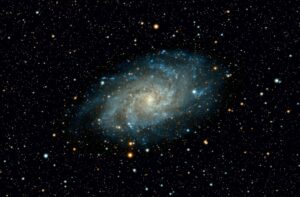
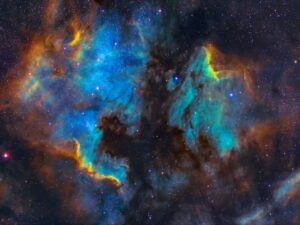





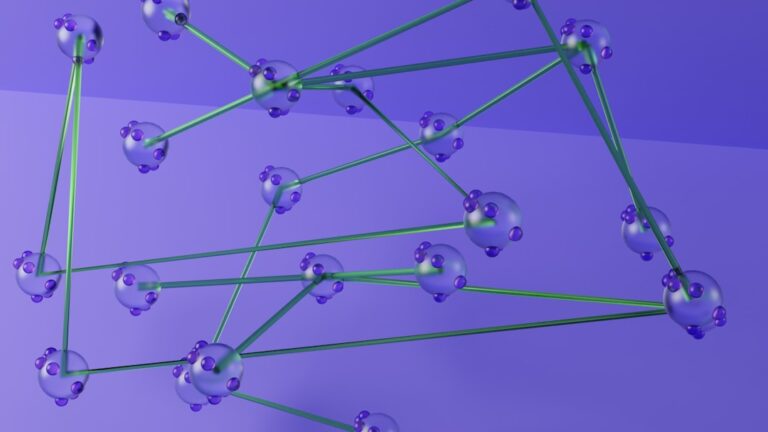




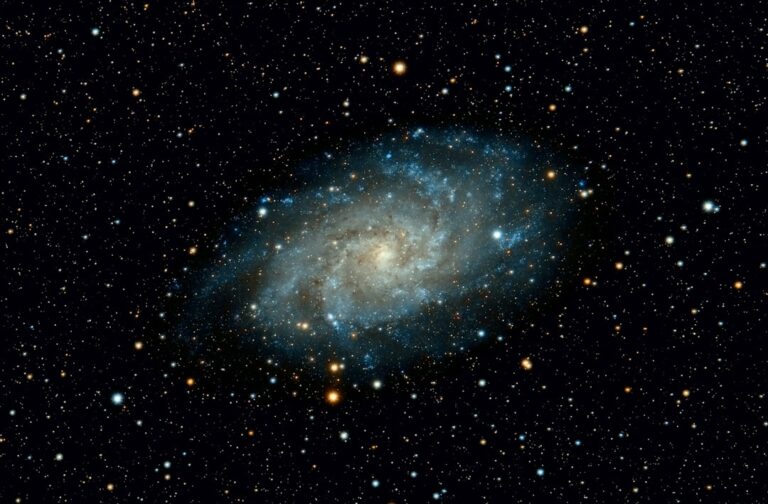
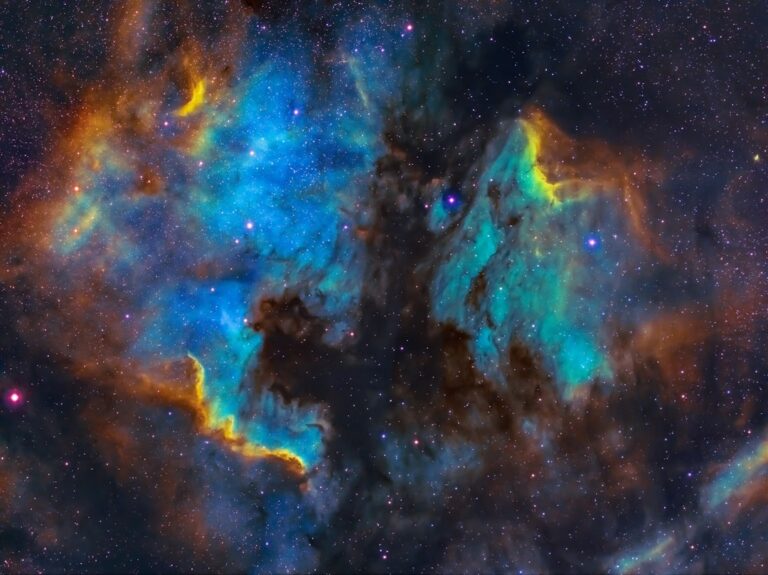

+ There are no comments
Add yours